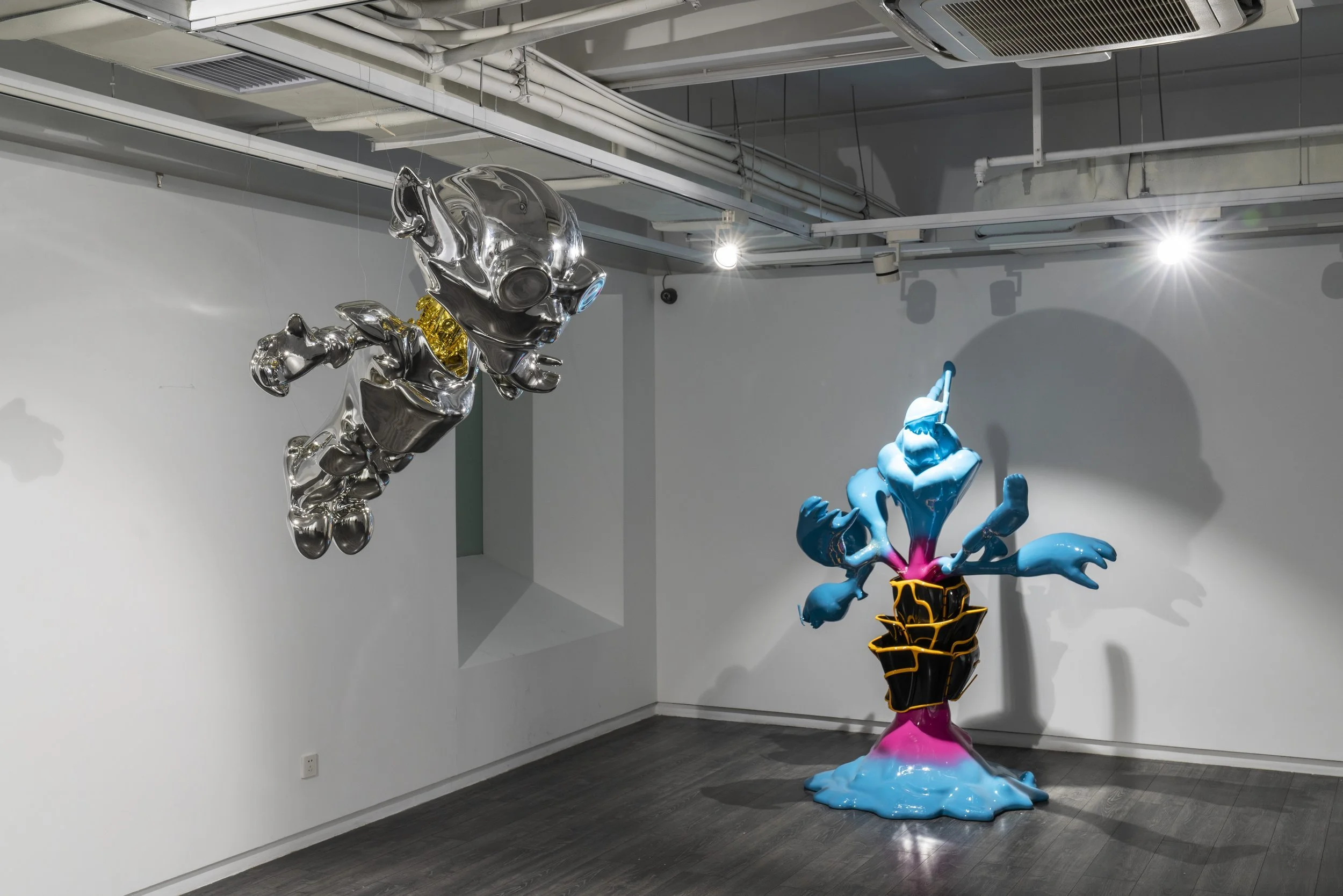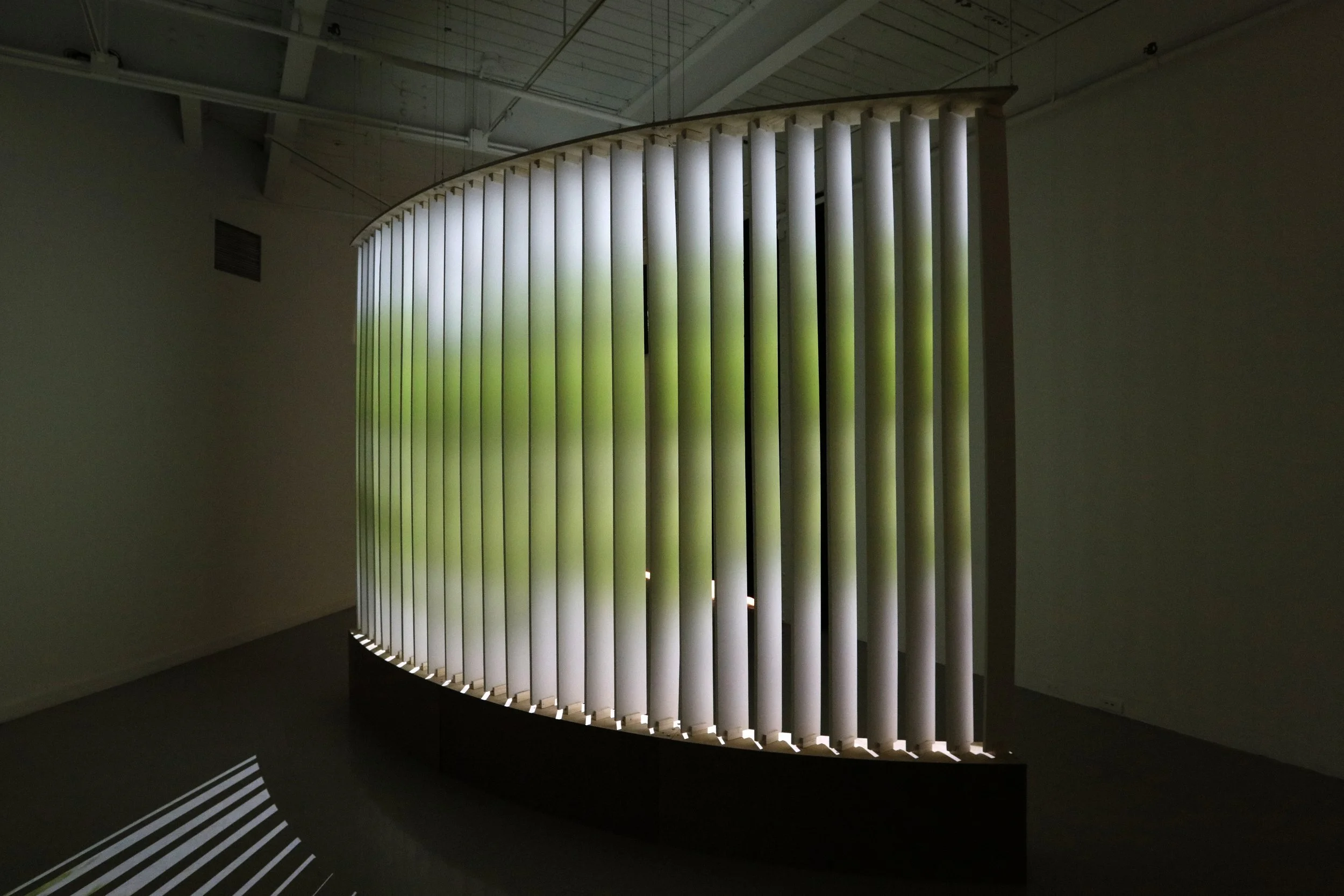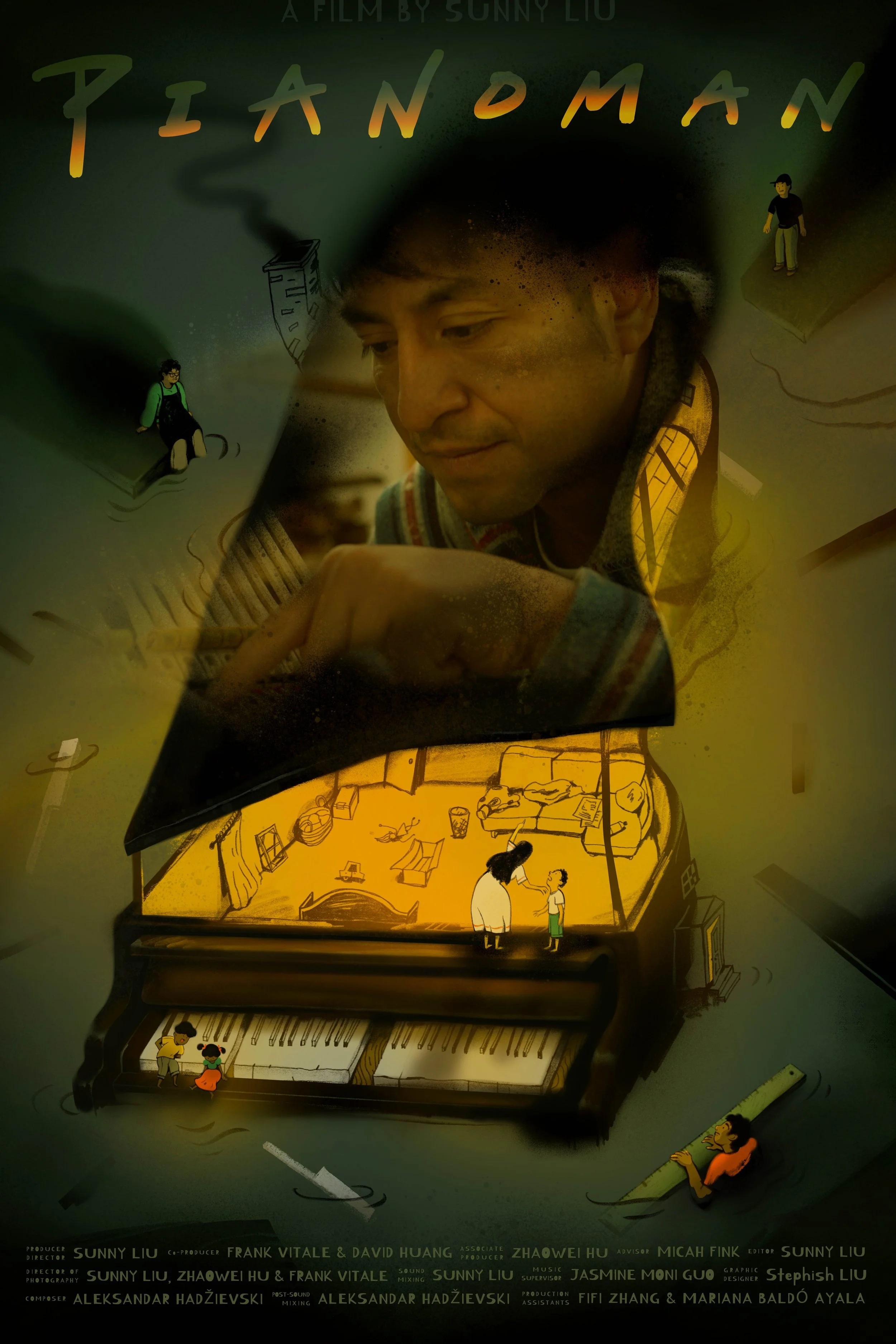10 Questions with Natalia Ludmila
Born in Mexico City, Natalia Ludmila grew up in Canada. She has spent much of her adult life abroad and finds that these life experiences tacitly permeate her work. As an artist, her practice is at the intersection of painting, drawing, video, and sound.
Ludmila received a BFA from Universidad Nacional Autónoma de México, in which she specialized in painting, and an MA in digital design from the University Of Canberra, Australia. She has exhibited in several solo and group shows across the world. She was the Second Prize recipient in the XVIII Ibiza Biennale. In addition, she was awarded several grants for international residencies spending time at Sàn Art/a.farm, Vietnam. Banff Centre for Arts and Creativity, Canada. Cittadellarte, Italy. INSTINC, Singapore.
Additionally, she has exhibited and had work commissioned by the Diego Rivera Anahucalli Museum (Mexico City). In 2014, she participated in The Great Collaboration project in Singapore and ten other artists. In the same year, she was listed in the 200 highest expressions of Mexican Art initiative and catalogue and had work selected for the National Landscape Biennale (Mexico). She is a member of the international feminist art collective Room to Bloom.
Natalia Ludmila - Portrait
ARTIST STATEMENT
Natalia Ludmila was born in Mexico City and grew up in Toronto, Canada. However, she has spent the more significant part of her adult life abroad and finds this tacitly permeates in her work. Perhaps, as a guiding thread in her choice of subject matter or the need to explore specific themes.
She is a multidisciplinary artist whose practice shifts between painting, drawing, video, and sound. It can be defined as studio-based research that points to the political—questioning forms of representation and the construction of false or biased narratives in the context of conflict. Invested and guided by ideas rather than mediums, for Ludmila, her practice is a tool to locate and highlight social imbalances. She sees in her work the means to start a conversation. Moreover, setting the ground for these social issues to come to light.
El tropiezo, watercolor on paper, 21 x 87 cm, 2021 © Natalia Ludmila
INTERVIEW
Let's talk about your background first. How did you get interested in making art? And when did you decide you wanted to be an artist?
Well, it all came together very haphazardly. Before committing to art school, I dabbled in Architecture at uni and here and there. Even then, I was not 100% behind in pursuing the arts. And I had a very vague and romanticised idea of what that meant. Yet, once I started learning more and more about art, it became clear that this was the right place for me.
You were born in Mexico, grew up in Canada, and lived abroad for a long time. How do these experiences influence your art? And how do they help you develop into the artist you are today?
These experiences have profoundly shaped me, so they naturally seep into my process and art. My discourse would be different if I had not been exposed to them. As a result, I may not be making art even. How and why you make art is so entangled with your worldview, so my idea of art has also changed over the years, along with my thoughts about the world in general. And this has been shaped by my time away from the country I was born in and the one I grew up in.
Chlorine the pursuit, video still, 2022 © Natalia Ludmila
Into Territory, digital image, variable dimensions, 2022 © Natalia Ludmila
On the same note, what is your favorite experience as an artist so far?
There are many... but one of the best experiences is when the public engages with my work when they ask questions and are intrigued by it. Even if the reaction is adverse, something is happening it does not go unnoticed Also, bringing an idea to light and having it seamlessly translate into form is a great experience and feeling.
What did you wish you knew about contemporary art before you embraced this career?
All that goes into art-making that does not necessarily involve making per se: admin, a lot of writing, and organisational skills, right down to PR and event planning. Sometimes it can be draining and limit the time for creating and working in the studio.
You work across different mediums, such as painting, drawing, video, and sound. What do these different techniques represent for you?
Each medium holds its history, language, and way of making. It is more about the idea I want to explore and to find the best formal outlet rather than decisively pursuing one medium. I always choose my medium based on the concept.
In boats, video still, 2019 © Natalia Ludmila
How do you choose which medium works best for a specific project? And what is your creative process like?
In a way, it comes back to the last answer. The concept is what is driving the process. The creative process goes from encountering an idea worth exploring (for me) to researching that idea; in that process, the medium to follow becomes clear.
Your work often focuses on representation, false narratives, and social imbalances. What messages do you want to convey?
Possibly empathy. I aim to highlight these imbalances to draw attention and veer the conversation towards these issues, in order to trigger a thought process in the public. So it is more about the experience of seeing the work and having it spark something within.
Big in the us, color pencil on strathmore paper, 29 x 84 cm, 2022 © Natalia Ludmila
She fell unconscious, graphite and watercolor on rice paper, 60 x 110 cm, 2022 © Natalia Ludmila
What are you working on now, and what are your plans for the future? Anything exciting you can tell us about?
I have been on a hiatus since I relocated to Mexico City, which has been time-consuming. Yet I have kept an idea register and started working with a collective here in the city. We are looking to make a publication and some workshops around a project I began before leaving Asia a few months back. I'm excited because it gives me a chance to reconnect with the city's thriving scene, plus have a publication of my work.
What do you think of the art community and market?
There are many communities and one large market. Art communities are always welcoming and ready to lend an ear and learn about each other's projects and ideas. The market, on the other hand, takes no prisoners.
And lastly, where do you see yourself and your work five years from now?
It is strange, but after the pandemic, in a way, I stopped planning or envisioning the future in a year's frameset. Everything was constantly changing. Now, it is more like next-year planning; having said that and because you asked. I see more stability in the market for me and for my work to mature and follow different paths of exploration in conceptual terms.






















